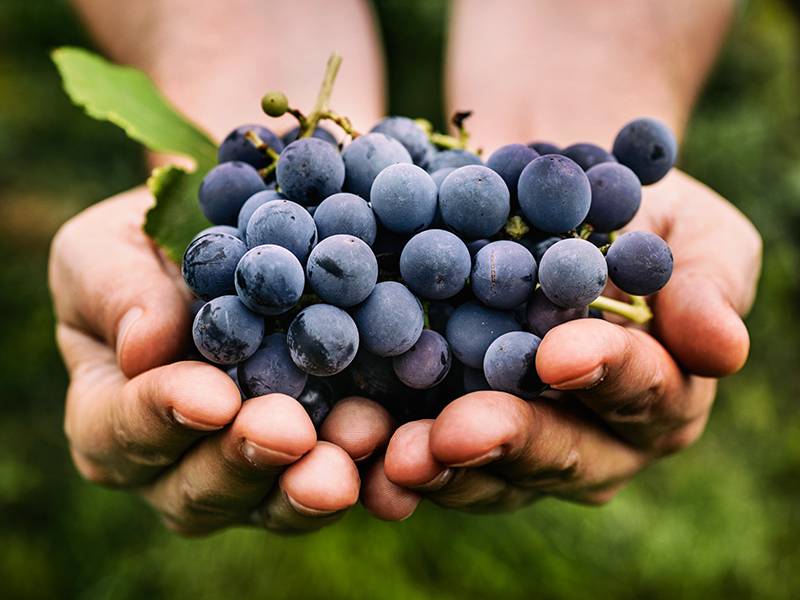Where Do Grapes Come From?
- Posted on
- Posted in Cabernet Franc, Cabernet Sauvignon, chardonnay, Pinotage, Sauvignon Blanc, wine
- 0

There’s no stork delivery for new wine grapes, so how is it that we have so many varieties?
There are essentially two methods for producing new grape varieties. First, new grapes can result from the mutation of an existing grape. Then the new grape is intentionally propagated. Second, new grapes can occur from the sexual reproduction of two other grapes.
Mutation v. Clone
A majority of new grape vines these days are created from cuttings of already existing vines, not grown from seeds. Using cuttings of existing vines is quicker and generally results in an expected end product. At times, when a cutting of one vine is planted in a new environment, the vine adapts to its new surroundings and develops a slightly different trait from the vine from which it came. These slight adaptations are called clones. The grape is still the same (i.e. Cabernet Sauvignon) as the original vine, but the new grape may be more disease-resistant, drought-tolerant, later-budding, etc. If this new adaptation is desirable, growers can continue to propagate this clone to reap the benefits of the adaptation. However, every once and a while the adaptation is so drastic that it is considered a mutation and a whole new grape, not just a clone of the original. For example, Pinot Gris and Pinot Blanc are mutations of Pinot Noir. Their skin color and flavor profiles are drastically different from the grape from which they came. When these mutations result in desirable characteristics, growers can propagate this new grape through cuttings.
Crosses v. Hybrids
Crosses and hybrids are the result of using the pollen from the vine of one varietal and fertilizing the flower of another varietal. Most commercial grapevines these days have been designed to be self-pollinating, but prior to this, grapes would cross naturally in the wild. For example, Cabernet Sauvignon was created hundreds of years ago in France when a cross between Sauvignon Blanc and Cabernet Franc occurred naturally. Both Chardonnay and Auxerrois are crosses of Pinot Noir and Gouais Blanc (goo-way). Like any siblings, they share some of the same traits but are very different in other ways. Sometimes crosses are created in the lab to intentionally engineer a grape with specific characteristics. For example, Pinotage was created in South Africa by crossing Pinot Noir and Cinsault in order to create a grape that was suited to the hot South African climate.
A majority of wines are made from grapes that belong to the Vitis Viniferia (or European) species. Some wines in America are made from grapes that belong to the Vitis Lambrusa (or American) species. When a grape is created by crossing a European and an American grape, it is referred to as a hybrid. Several well-known examples include Vidal Blanc, Seyval Blanc and Chambourcin.

Comments
Be the first to comment...